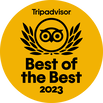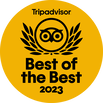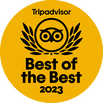|
If arriving at San Blas today has become little more than a simple car ride made partly by ups and downs (an expert guide is always recommended and exclusively with 4x4 cars), it was certainly not like that until the beginning of the 2000s, when the Government of Panama finished the construction of today's route to the San Blas Islands, a completely paved road that allows you to arrive at the port once you enter Chepo in just 1 hour. Junior tells us about it, our coordinator of overland and expert transport on this route where he has been traveling every day for over 30 years: going to San Blas today, for me and my colleagues who traveled on this route in those years is practically like a walk, he tells us with a laugh as he reminds us and tells how difficult and hard it was to arrive at the port of San Blas in those years, much more than an adventure, practically a real undertaking, certainly was not a tour for everyone like instead it has become today thanks to the new road. It took only 5/6 hours to get from the city of Panama to the port of San Blas, then from there via direct to the islands in small wooden boats that were built by the Guna, also here it was a little hussle because the boats were very small with little space and no roof at all to cover yourself from the sun or rain, today these boats are used only by the Guna people for their small transfers and for fishing, today they are available new boats made with resin and much more comfortable, spacious and complete with roof to cover yourself from the strong sun or rain. Also the accommodations on the San Blas Islands were very very rustic, also for this reason it was not a trip for any tourist but only for a few adventurers.
When you think of the San Blas the first things that come to mind are sun, sea and pure relaxation and when you're lucky enough to set foot in it ... It's really like that! It is a true paradise on earth, a diverse number of islands scattered in the blue Caribbean Sea of Panama that give life to the Guna Yala Archipelago, one of the most beautiful seas on the planet. Today these paradisiacal islands with one of the most beautiful season the planet are easy to visit, San Blas Dreams provides trips departing from Panama City 365 days a year, leave stress, anxieties, fears and all the negative vibrations you have accumulated at home during the year and dive into this incredible sea.
1 Comment
The history of the Pearl Islands dates back into the 15th & 16th century when the Cocle and Cueva indigenous tribes lived amongst the Islands. Most of these local inhabitants were enslaved and or killed during the discovery of the islands by the Spanish Conquistador Vasco Nuñez de Balboa in 1513. They were forced to collect the Pearls of which The Pearl Island Archipelago was later named. In 1516, another Spaniard had heard word of the hidden treasures within the Islands, and not only enslaved remaining free indigenous people, but also imported slaves from Africa to assist in the recovery of these white round gemstones. The descendants of the African marooned slaves make up a majority of the permanent residents within the islands today.
During the 17th & 18th century, Pirates found the islands to be a strategic location for ambushing incoming trade vessels into Panama. There were numerous locations for them to hide within the over 250 islands that encompass the Archipelago. There have even been Spanish Galleons recovered between the Islands with gold coins and treasures in their holds. In the early 60's, the islands just 40 miles off of the mainland of Panama became once again popular, especially to the rich and famous around the world. The first island resort was opened in 1972 on the popular island of Contadora. This island is one of the most recognized within the Archipelago, due to the fact that it was the location where the pearls were brought to count and trade. In the late 70's, the Shah of Iran resided on Contadora for a while, creating a worldwide interest amongst those looking for a unique experience. The Pearl Islands became well-known for luxury and complete tranquility amongst the rich and famous around the world. Today budget hostels and cheap ferries are available for everyone to enjoy the vast attractions these islands have to offer. Besides, these islands have become a top destination for visitors of Panama enjoying wildlife such as the migration of the Humpback whales, dolphins, deep Sea Fishing, and of course simply relaxing on the gorgeous deserted beaches. San Blas Dreams provides for its customers tours to the Bolaños Island, daytour and overnight tours available with some beautiful wooden cabins or houses built in wood respecting nature properly. If you have already booked a tour of the San Blas Islands with us, we will give you a $ 10 discount per person, valid to book a tour (Daytour or Overnight) in Bolaños Island. Panama's history is closely linked to its geographical position. However, the country has a complex and fascinating history that began long before there was the Canal, or even before France or the United States began the works for its construction.
For those who want to know the history of Panama, during this November there are several Important dates. November 3 marks the separation from Colombia known as the Separation Day, on the 4th is the Flag Day, followed by the Colon Day on the 5th of November. Subsequently, on the 10th is remembered as the Shout for Independence in Los Santos, and the 28th of November Panama celebrates its Independence from Spain. Chronologically, the Independence from Spain was many years before the Separation from Colombia, taking place in 1821, while the separation occurred in 1903. During these celebrations it is possible to enjoy the typical parades that are organized throughout the country and seeing how the population proudly waves the most precious national symbol, their Flag. Casco Yoga is a yoga studio in the heart of Casco Viejo, Panama. We are dedicated to bringing the beautiful art of yoga (Vinyasa, Hot, Restorative, Yin and Meditation) to the residents of our neighbourhood Casco Viejo and Panama City, and anyone passing through. Our professional team offers personal and intimate English taught classes with a maximum of 20 people. We believe that having a practice in your routine can benefit your life immensely. We strive to create a blissful and wholesome space for people to practice and come together as a community. Our classes are suitable for all levels, we teach in a way that will challenge and calm every individual from beginner to more experienced yogis. Casco Yoga was co-founded by Maya and Edwin. Originally from Holland, Maya received her 200 hour teacher training in Nicaragua in 2013. Following the path of destiny, the couple established a home in the heart of the Casco Viejo in Panama City. Life took an amazing turn for them in December 2015 when they found a beautiful studio location in Casco Viejo, Panama City. They opened Casco Yoga in January 2016 combining their dreams of teaching and practicing yoga. After seeing all the benefits that yoga and meditation brought into Edwin’s life he decided to also do his teacher training in 2018 and become part of the team of Casco Yoga. Both of their classes combine flow, alignment, challenge and relaxation. How to contact Casco YogaCasco Yoga
Calle José D. de la Obaldía, Casco Viejo Phone: +507 6265 5588 Mail: info@cascoyogapanama.com Website: https://cascoyogapanama.com Every October 21, pilgrims from all over Panama arrive in Portobelo to partake in this festival, which honors a miracle-giving. 1.5 meter high statue of the Black Christ housed in the Iglesia de San Félipe.
After the sun sets, the statue is paraded down the streets, while pilgrims bedecked in purple robes and thorned crows dance and drink until the wee hours. This life size wooden image of Christ was found on the shores of the town's harbor and retrieved by fishermen. It was initially housed in a small church and venerated. After Iglesia de San Felipe was built, the statue relocated and installed there. One legend says that the statue was carved in Spain and during the 17th Century. It was carried in a Colombian vessel to be installed in the New World. Due to a storm, the sip was forced to dock at Portobelo, and when the ship was scheduled to depart, a sudden storm set in, preventing the ship to set sail. This happened repeatedly. Attributing this phenomenon to the statue, the superstitious sailors threw the box containing the statue into the sea and thereafter the storm subsided, and the ship moved on. This life-size statue is adorned with a robe that is changed twice a year; once during the Festival of the Black Christ when the robe is red or wine, and during Holy Week when it is purple. All robes are donated by devotees usually anonymously, and once changed they are not reused. As per tradition, all the gowns which have adorned the statue, and which are changed, are now preserved in the Museo del Cristo Negro (Black Christ Museum), which is located in San Juan de Dios Church which is located behind the Iglesia de San Felipe. The statue is venerated by people from all parts of Panama, and several miracles have been attributed to Cristo Negro, also known as "El Nazareno". It is a tradition that pilgrims adorn themselves with purple robes similar to the one that adorns Cristo Negro. Also, during the pilgrimage, some people walk about 53 miles from Panama City, others 22 miles from Sabanitas, and a few of them even crawl the last mile, on their hands and knees, seeking blessings at the Shrine. Panama has 57 species of hummingbirds and within this large family are the smallest birds in the world... many of them weighing less than a dime! These birds are found exclusively in the Americas and with the largest population being in northern South America. In Panama they live exclusively in highland areas like Boquete, Volcan Baru, Cerro Azul, Anton Valley and the Central Mountains of Cocle. They can also be found in forests, open or disturbed areas, and some species can be seen in gardens, fields and cities.
Besides its size, hummingbirds are famous for a number of things. One of the most remarkable is its powerful wings and the fact that this bird manages to turn its wings at an angle of 180 degrees. This allows it to have much more control, including the ability to be suspended in the air and fly backwards. It also allows it to go up and down or make a few maneuvers that only this bird knows how to perform. The difference between the male and the female is a white border between the feathers located in the throat and chest of the female. During mating season, males perform a number of flits to attract the female. In both species, the reddish color beak is approximately nine centimeters and holds a split tongue, forming a small double suction tube, which allows the bird to sip flowers and grab insects around them. Hummingbirds, bees, insects and bats play a key ecological role in the transfer of pollen from one flower to the other, contributing to the formation of fruits and seeds, which will allow plants to extend its species and multiply. In 1986 the hummingbird received a deserved recognition by the Panamanian authorities who decided that is should become the symbol for the Omar Torrijos Herrera Park in the central highlands in El Copé, district of Penonomé in the Cocle province. When talking about the Chiriqui highlands... agriculture, adventure, exotic birds, spring weather, flowers and coffee are just a few things that come to mind. Within this region lies Boquete, a valley situated below Baru Volcano (the highest mountain in Panama at 3,475 meters) and a place where you con literally almost smell the coffee. The highlands have a relatively young period of colonization. Apart from the original colonizers that descended from the indigenous Ngabe ethnic group, the area began to fill very quickly, especially during the second half of the 1800's when adventures in search of gold decided to stay in this beautiful valley. Americans, Germans, French and some Swiss settled in the fertile slopes of the volcano, leading to a variety of small villages where subsistence farming combined with cattle were the source of income for many families. The first coffe plants come to the area between 1880 and 1894, for personal consumption production. People like Mr. J Thomas brought the first orange plants from California. Also, a few years after the official founding of the town in 1911, it started to become a tourist destination due to its characteristic climate of "eternal spring" which lead to the first hotel founded by Pop Wright to be built, which later became the well-known Panamonte Hotel. Subsequently, small hotels linked to the coffee plantations were built, giving the characteristic aspect that today identifies Boquete. In an area of 448 square kilometers and population of just over 22,000 inhabitants, this small valley has been positioned in the center of the world for coffee growing thanks to its climatic characteristics, altitude and fertile soil that is rich in minerals provided by the former eruptions of the volcano.
Arabic varieties are grown ranging from Caturra, Pacamara and several other varieties. But the queen of the coffee beans is Geisha, a little known bean that is now listed as one of the best and most expensive in the world. Its background, as with all Arabic coffee, started in Ethiopia passing through Kenya and Tanzania until reaching Costa Rica in 1953 and finally brought to Boquete in 1963 by Don Pachi. However, it wasn't until 2003 that Panama entered into the market of "specialty coffee", producing approximately 200 thousand sacks of coffee of which only 100 thousand are exported. Today, these coffees have earned a place worldwide and the little town of Boquete, Panama has become famous for its coffee. The Panama Canal is still one of the engineering wonders of the world, even by today's standards it is awesome to see a container ship gliding through massive locks and past a rain forest. Put the Canal in the context of turn of the 19th century technology and the feat of its construction is staggering. But you cannot help noticing that the container and cruise ships squeeze through the looks nowadays with only inches to spare on either side. These are known as Panamax ships built to the maximum beam and draft which the Canal can handle. Many ships are too big for the Canal. These ships, known at Post Panamax, comprise only a small percentage of the world's fleet but the future promises even more and bigger ships, the cargoes of which, if they cannot transit the Canal, will seek other routes including the "dry canals" across other countries of the continent. The possibilities of a waterway linking the Atlantic and the Pacific in this region had been well appreciated for four centuries before anyone started to dig. Spain's King Carlos V ordered a survey of the Canal route in 1524 but it was presumably decided that cutlasses would not be adequate for the job. The French started a Canal in 1880 under de Lesseps, builder of the Suez Canal, but after 20 years of struggle with the jungle, disease, financial problems and the sheer enormity of the project, they were forced to give up. In 1903 Panama seceded from Colombia and the U.S.A. signed a treaty in which the concession for a public maritime transportation service across the Isthmus was granted. The following year, the U.S.A. purchased the French Canal Company's properties for $40 million and began to dig. On August 15 th, 1914, the U.S. cargo ship Ancon made the first transit. The story of this gigantic task is best told in the book, "The Path Between the Seas", by David McCullough. The story is also told dramatically in the murals of the rotunda of the Administration Building at Balboa Heights. The Canal entered yet another phase of its history on Oct. 1st. 1979 when the process of handing the Canal the the Republic of Panama began, under treaties signed by Panama's former head of Government, the late Brig. Gen. Omar Torrijos Herrera, and U.S. President Jimmy Carter. The Canal and all of its infrastructure in the former Canal Zone was finally under Panama's control as the 21st century dawned. How much does it cost to go through the Panama Canal?The average toll for ships using the Canal is between $ 200.000 and $ 300.000 in the old locks and $ 500.000 in the new locks but many save about ten times this figure by eliminating the journey round the Horn. Record tolls: $ 829.000 in the new locks and Richard Halliburton who swam the Canal in 1926 and was charged 36 cents after his displacement tonnage was calculated. Where and what time do you see boats at the Panama Canal?To see the Canal at work-every year handling more than 13,056 bluewater ships, under the flags of about 70 nations - go to the spectator stands at Miraflores or Gatun locks. There is a magnificent Visitor's center and Canal Museum here which has been recently remodeled. Bilingual commentators there are brimful of information and statics. A film of the Canal's operations is shown in the theater of the Visitor's Center. For informaion as to when there will be ships in the locks visit the official website of the Panama Canal. The Canal is about 50 miles long and ships are lifted 85 feet in three lockages as they cross the Isthmus. The journey through the Canal takes about eight hours and a ship is normally in Canal waters between 14 and 16 hours. When was the new expanded Panama Canal inaugurated?To ensure future competitiveness, the Panama Canal Administration has built an extra set of wider and deeper locks.
The construction the new locks (Agua Clara on the Atlantic side and Cocoli on the Pacific) of the expanded Canal began on September 3, 2007, and the works were inaugurated on June 26, 2016. The expanded Canal doubles the capacity of the interoceanic way to meet the growing demand of world trade. The Expansion entailed the construction of two new lock complexes on the Pacific and Atlantic sides. Each complex features three chambers, nine water-saving basins, and rolling gates. The project also included the construction of a Pacific Access Channel, improving the navigational channels and increasing water supply. To ensure the social and environmental viability of the project, the expanded canal complied with environmental impact studies that included mitigation measures such as reforestation, wildlife rescue, archeological and geological rescue. We have a tour at Agua Clara Locks available every day departing from Panama City, you can see it here. Even if you have heard about the San Blas Islands in Panama, do not be surprised if in your first encounter reality surpasses the dream. That's how fantastic your first impression will be. The mind is reluctant to believe that they have been able to remain so beautifully primitive despite the progress of civilization. Within this territory, the Guna people, people of great simplicity and charm whose ancestors popullated these shores long before Columbus landed, govern themselves in a virtually autonomous society. The pattern of their lives is simple and comfortable. They live on tiny, palm-fringed islands, hundres of which dot the surface of the blue and emerald sea. The Islands are totally free from animals or snakes and have a perfect, breeze-cooled tropical climate. The men either go to the mainland to cultivate corn, yucca and coconuts, or go fishing or trading around neighbourning islands. In recent years with the growth of tourism, the owners of the islands are hosting the people who come here every day. Only the Guna population is allowed to work in the Comarca. Many of the islands are unihabited except for a “caretaker” who guards the coconut trees and their precious crop, which is the basic live-lihood of the Guna. No land is individually owned in San Blas, but the coconut trees are. Any disputes are setled within the village itself, and each village has its congress all, a large hut where the people make their decisions. There is a Government outpost and police station on the island of Porvenir but the Police Force doesn’t do much business. The Guna deal with their own problems. For all the simplicity of their lives the San Blas Guna remain very aware of their rights to their own territory and they guard their rights passionately. Where are San Blas IslandsThe San Blas Islands are located in Panamá, an archipelago of over 365 islands, stretch along approximately 200 miles of Panama Caribbean coast-line. How to Get to San Blas IslandsThere are several ways to access the Guna Yala Region from Panama City, the most used is in a 4x4 vehicle, it is approximately 3 hours from the City (includes a stop of approximately 30min to buy snacks in a supermarket), the route is fully paved from 2010, making access easier for travelers and members of the Guna community who use this route every day, the departure time of our tours from the city is at 5:30 am, the San Blas tours from Panama City are available every day from your accommodation in the city, when you arrive at the port you take the boat corresponding to the tour you have booked, either Overnight Tour or Day Tour. Another way to access the San Blas Islands is through a Sailboat that makes the route to San Blas from Panama to Colombia or Colombia to Panama, this trip must be booked in advance as it has become very popular with travelers who want explore this bridge between Central America and South America, for some it is the best border crossing in the world, usually it lasts 5 days and 5 nights, on our website you can see the fleet of these Sailing Boats. The last way since it is the least common is by air, in the islands of San Blas there are several tracks and you can get there with one of the main airlines of the country Air Panama. Where to stay in San Blas PanamaSan Blas are about 365 different islands all the way from Panama to Colombia, some of them are for tourist and some others are for the "community" so you can explore a lot of different ones without interfering the Guna normal life, therefore if you decide to sleep over on one of the islands you must know the accommodation is very basic, the preferred islands by travelers and Panamanians are for example: Chichime Island, Diablo Island, Cayos Holandeses, Aroma Island, Ina Island, Dog Island, Yanis Island, Guna Community. What to do in San Blas PanamaIf for you it is not enough just to chill and contemplate the astonishing landscape laying on a hammock drinking from a coconut , on the islands you can do also some activities you could find interesting, from snorkeling a sunken ship to swim around in the crystal water or even play volleyball with the locals, you will have a real challenge here, since they play very well. Just keep your eyes open if you are lucky enough you can spot dolphins, turtles and a lot of birds. Are the San Blas Islands safeAs the country itself san blas is considerer quite safe, you can feel it also on the islands, where based on our experience of more than 4 years have never complains about this particular issue, anyways we recommend to have normal safety precautions to avoid any inconvenience. Are the San Blas Islands worth itThese remote islands are one of the most searched places for traveller and adventurers all around the world, the awesome landscapes, the turquoise water, white sand beaches and the contact with the Guna Culture make this experience unique, you won't see anything like this in other place, making this caribbean corner once of a lifetime experience. San Blas Islands vs Bocas del ToroThis is a question we get very often from our costumers, and the answer could be quite easy, both are super nice destinations with beautiful beaches, the main difference lies in the calm you can breathe on the San Blas Islands, since Bocas del Toro is a more developed town, you can find grocery stores, bars, restaurants. Totally the opposite on the San Blas Islands that is still a very virgin area, where you will eat whatever the Guna offer and instead of stores you can buy Molas from the locals to help with their economy Weather on the San Blas Islands Panama and Best Time to VisitIn the San Blas Islands as in all of Panama the climate is tropical, with a rainy season, from June to November, where you can also have a lot of sun since it is not very common to have very long rains, and at this time of the year it is where the sea is quieter and is ideal for sailing. From December to May it is the dry season, where the blue skies take over San Blas although there is also a windy season. These characteristics make the San Blas Islands an ideal place to visit all year round, so our tours are available 365 days a year. What to bring to San Blas Islands?We advise you not to bring along the whole bag of the trip, during the boat trip it could get wet, we advise you to leave it in your hotel/hostel/apartment and bring only with you:
Snacks & Fruit Your own drinks: Water, Rum, Beer, Wine, Soda Beach towel Insect repellent Sun protection Snorkeling equipment Passport (Entry to Guna Yala may be denied without it) Sunglasses Hat Fully charged camera There is no ATM in San Blas, so be sure to bring enough cash A light jacket for boat transfers Your smile 😃 At first glance, the dress of the Guna women appears to be a "primitive" costume of vibrant color, pattern and intricate design. The focal point of their dress is the "Mola" a blouse constructed around two elaborate panels of finely stitched fabric. "Mola" which means "blouse" in the Guna language, is now also used to refer to the panels the blouse is made of. During the early years of European presence in the New World, references spoke of Guna women as converting their lower body in a skirt-like garment made of homespun fabric while the rest of their bodies were painted in colorful designs. These designs were representations of their culture. Geometric in design, they often formed labyrinths that included people, flora, and fauna. The labyrinth embodied the story of the Guna people, representing the paths of their lives as a symbol of connectivity to mark their beginnings and endings. Over the next few hundred years, the influence of missionaries and the increasing availability of trade goods saw the mola evolve from body painting to fabric painting and, eventually, to stitching their traditional designs in layers of colorful cloth. It was not more than 150 years ago that "molas" similar to those of today began to appear as access to fabric, needles, thimbles, thread, and scissors increased. The Panels were much larger, designs less complex, and stitching less fine, yet they repeated their traditional shapes and designs. Thus, the "mola" became folk art and the cultural expression of Guna women. "Mola" designs themselves, like the entire textile medium, have also evolved over time. By the early 20th century, the classic geometric representations of their world had begun to evolve into more realistic renditions of flora and fauna, of life's celebrations and events. By the 1930's and 1940's politics, western religions, trademarks, and industrial icons began to appear. By the end of the century, history had been recorded - aviation, space travel, moon missions, moon walks, sports, and celebrities often intertwined with the underlying and very traditional geometrics and labyrinths. "Molas" are made of two or more layers of colored cloth with the complexity of design affected by the number of layers. The quality of a "Mola" is general judged by the number of layers, the quality of stitching, the proportions of cutwork, finishing details, the art, use of color, and balance of the design.
Once design and colors are decided upon, the layers are basted together and outlines are sketched onto the top layer as a guide: the most common top colors are black and red. The process is a form of cut work appliqué with each layer cut and stitched to the reveal the color of the layer underneath. Additional color is achieved by slipping leftover scraps of colored fabric between the layers and, as the work progresses, the imagines of the final picture begin to appear. The "Mola" is ready once the finishing touches of any standard appliqué or embroidery are added. "Molas" are traditionally made in pairs because they are produced as part of the blouse. While the pairs are always very similar, they are never identical; trade "Molas", produced specifically to be sold to tourists or other enthusiasts, can be found in singles. A dominant aspect of the "Mola" as folk art is that it is not only a unique piece of art, but also a daily part of Guna life and an expression of ethnic identity. The Guna women use their needlework tho showcase their creativity and talent, and contribute to their community's economy. The "mola" is not part of a primitive costume. Instead, it is a unique, complex, and intrinsically sophisticated creation that tells the story of the Guna people and an enduring culture that is unwilling to let go of tradition, yet flexible enough to survive in the modern world. What are you waiting for to come and discover the Guna Molas? Search on our San Blas Panama Map and choose your Island. |
AuthorAll people can be part of this blog, tell us about your experience in San Blas Islands or some tips for traveling to Panama. Archives
February 2024
Categories |
- Home
- SAN BLAS TOURS
- PANAMA TRAVEL | OTHER TOURS
- Boat Panama/Colombia/Panama
- MULTI-DAY TOURS
- PRIVATE TRANSFERS
- CONTACT
- ABOUT US
- FAQ
- Home
- San Blas Tours
- DESCUBRE PANAMÁ | OTROS TOURS
- MULTI-DAY TOURS
- Bote Panama/Colombia/Panama
- SERVICIO DE TRANSPORTE
- Contacto
- SOBRE NOSOTROS
- FAQ
- Home
- SAN BLAS TOURS
- SCOPRI PANAMÁ | ALTRI TOURS
- MULTI-DAY TOURS
- Barca Panama/Colombia/Panama
- SERVIZIO DI TRASPORTO
- Contatti
- CHI SIAMO
- COME PRENOTARE UN TOUR?
- FAQ
SITE MAP:
BEFORE BOOKING A TOUR TO SAN BLAS
|
LA CASA DE PAPEL 3 | SAN BLAS
|
San Blas dreams
|
MAPA DEL SITIO WEB:
ANTES DE RESERVAR UN TOUR A SAN BLAS
|
NUESTRO BLOG
|
SAN BLAS DREAMS
|
MAPPA DEL SITO:
prima di prenotare un tour alle san blas
|
|
SAN BLAS DREAMS
|
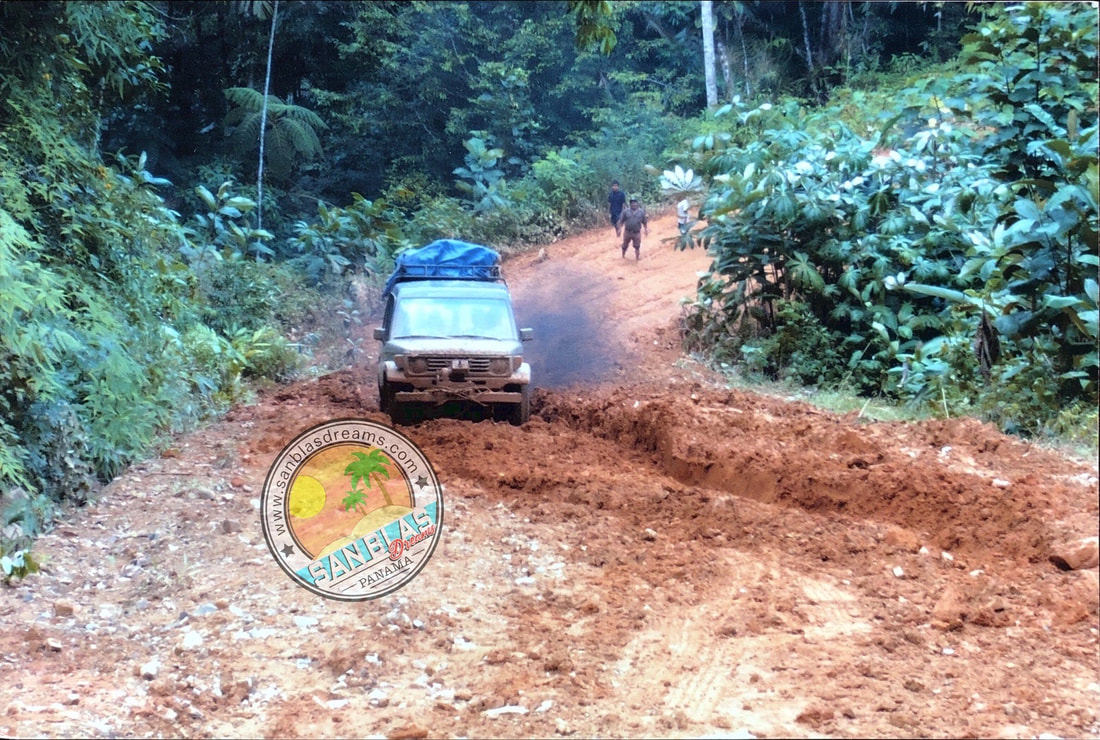
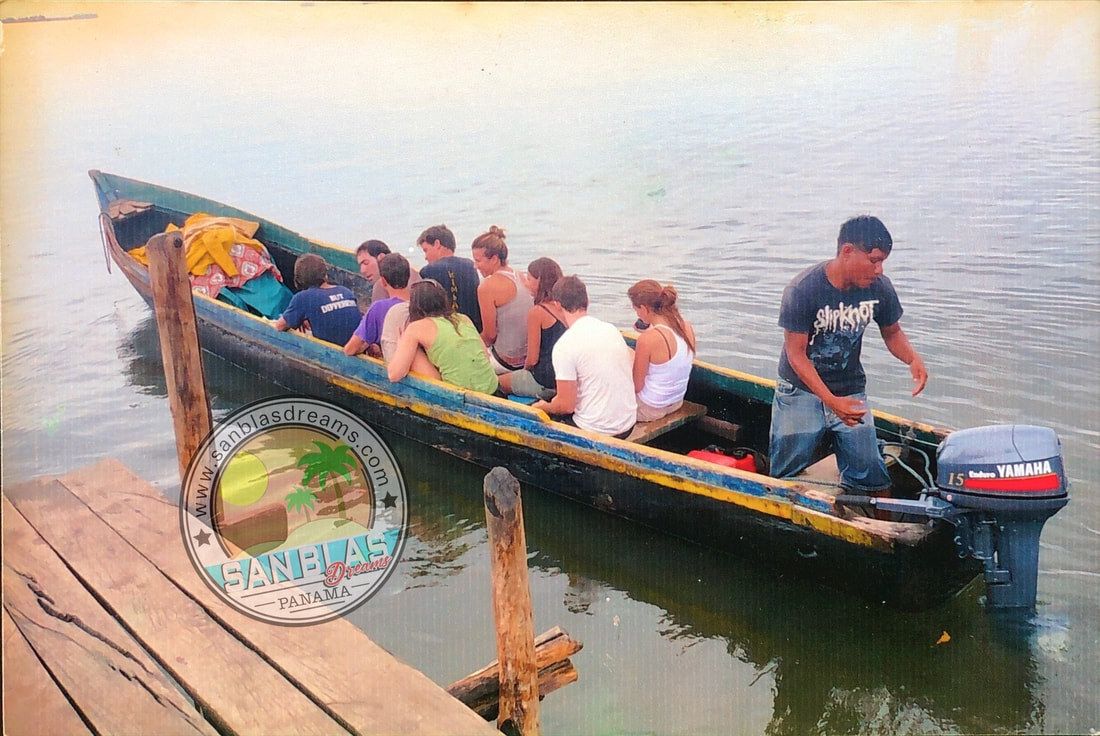
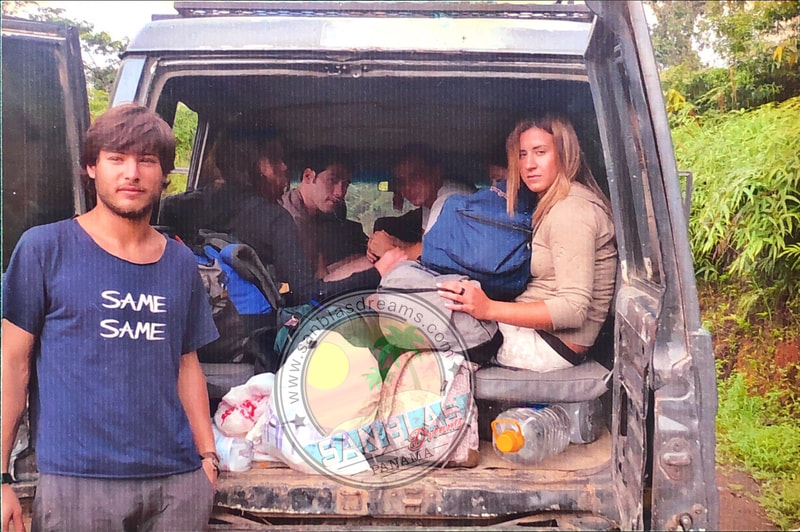
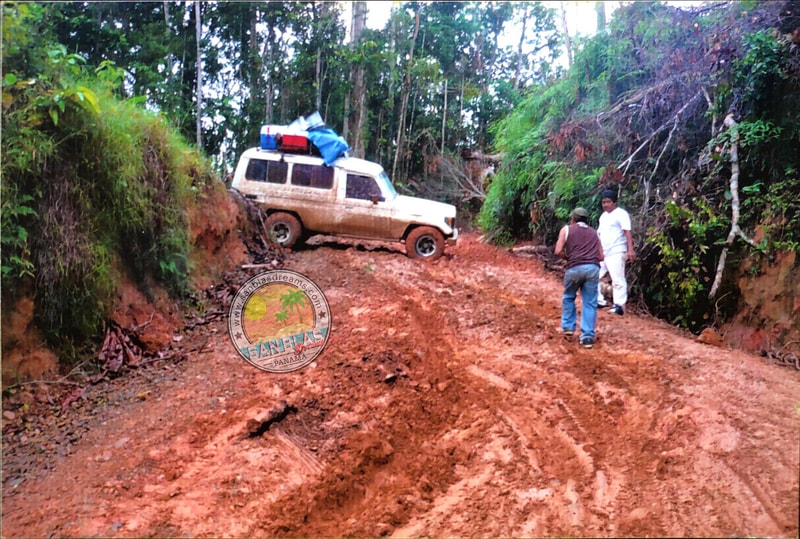
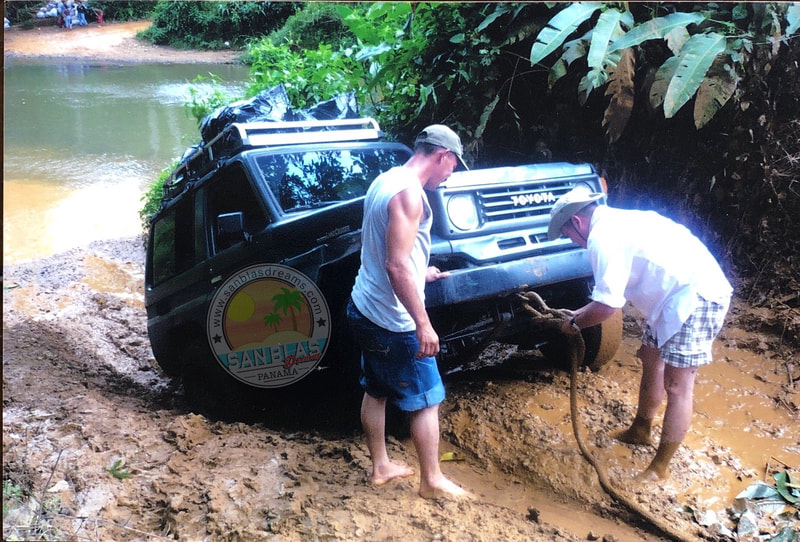
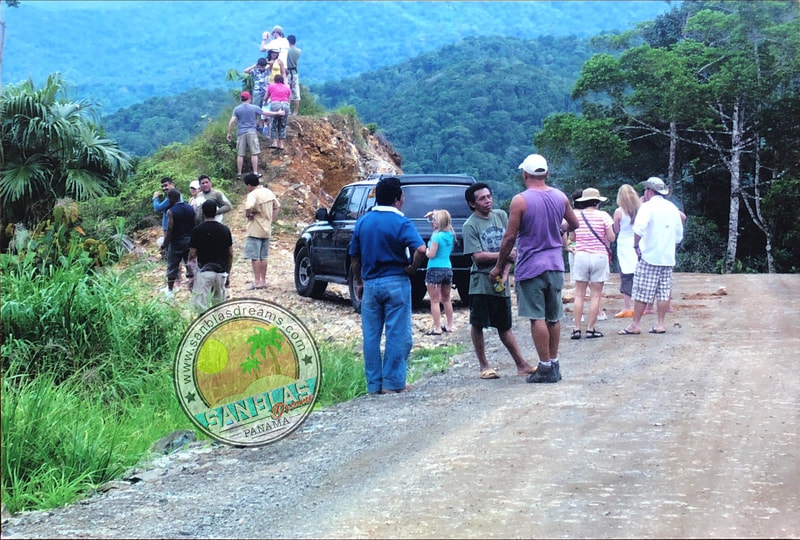
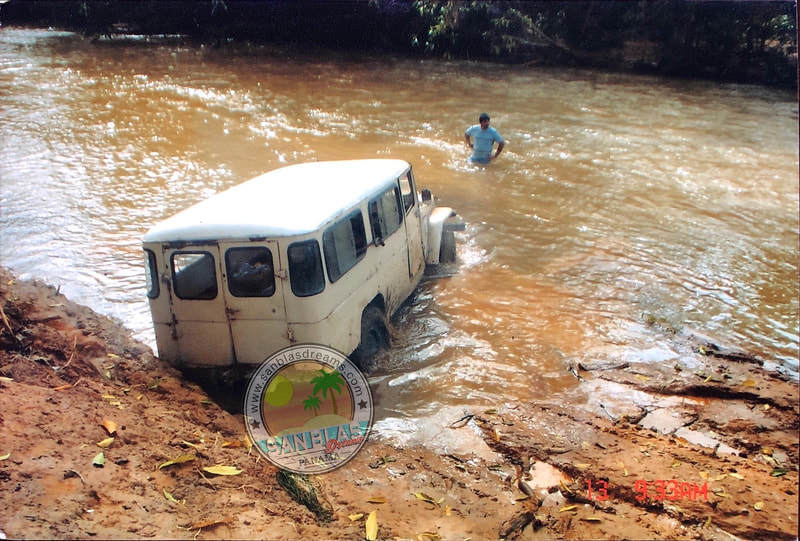
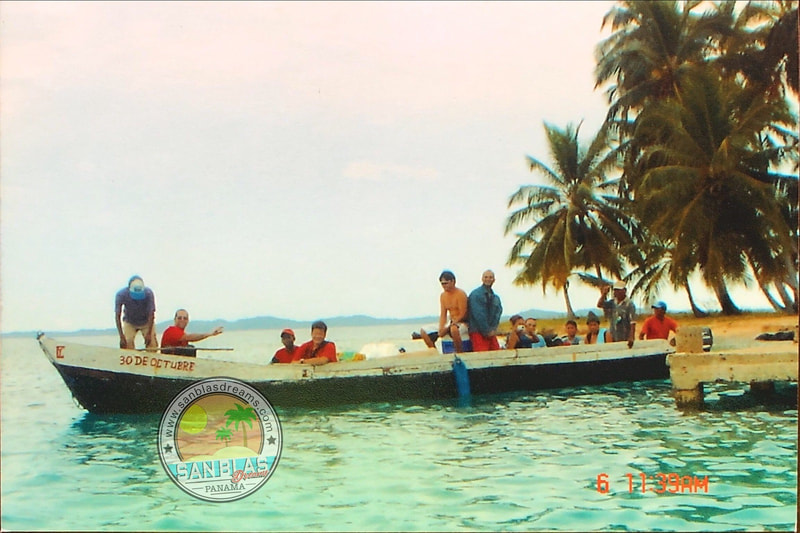
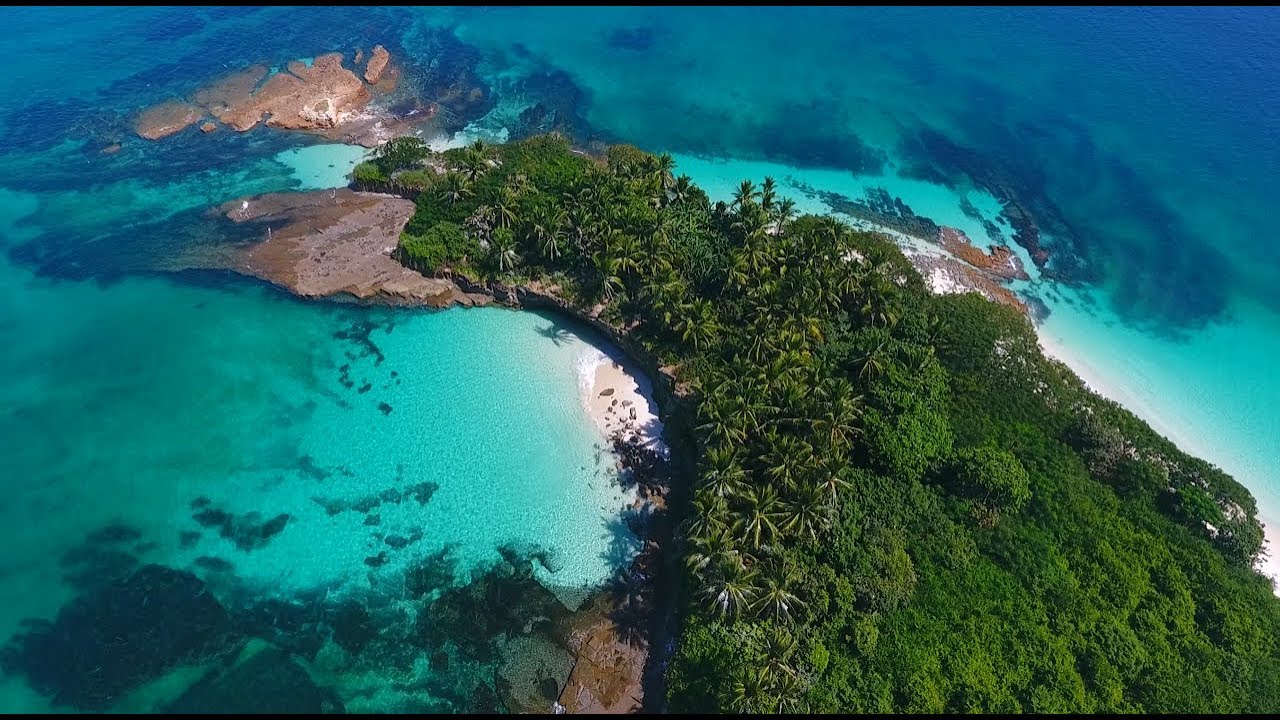
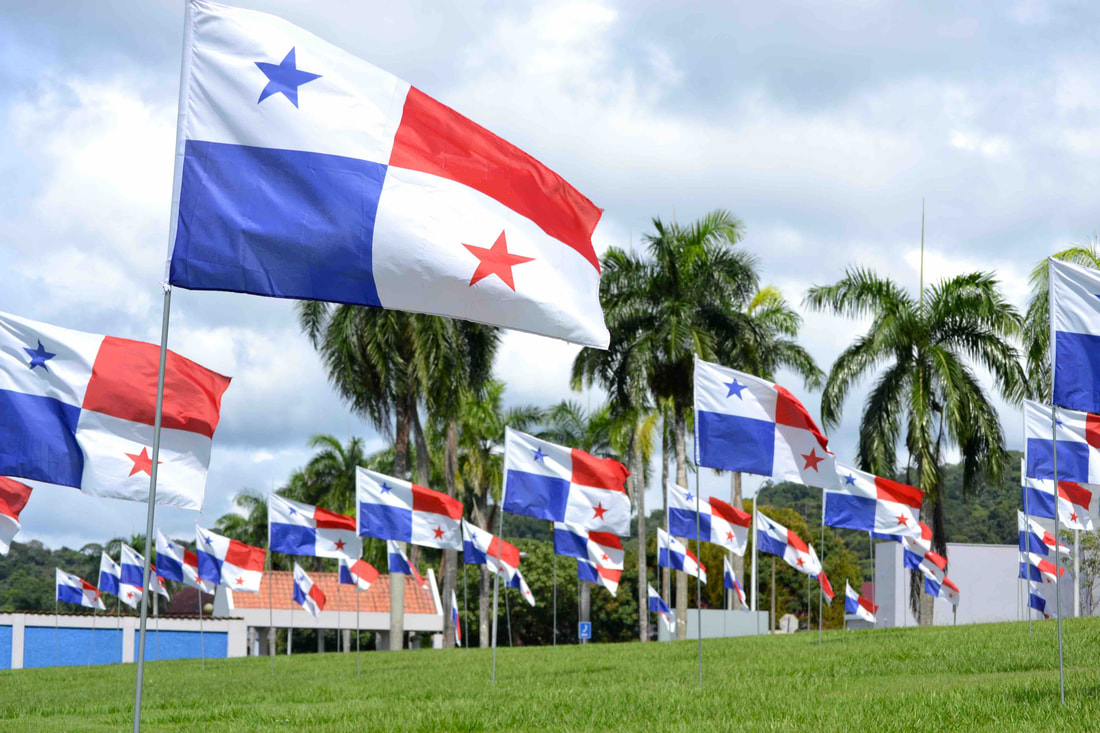
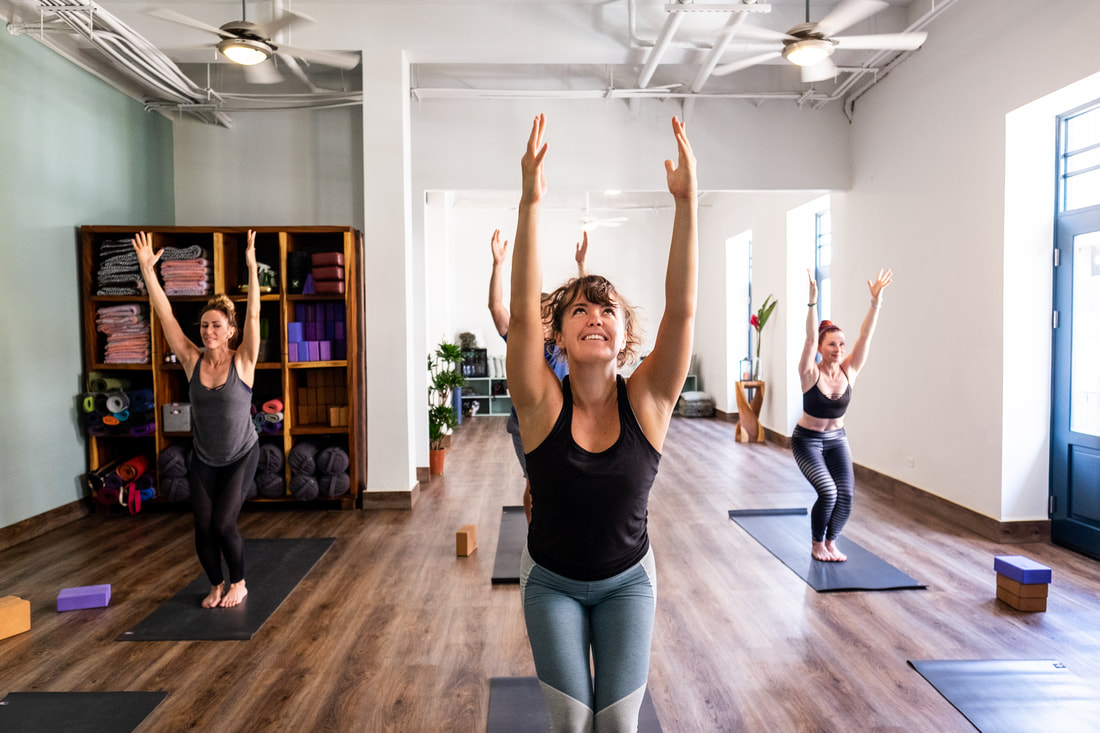
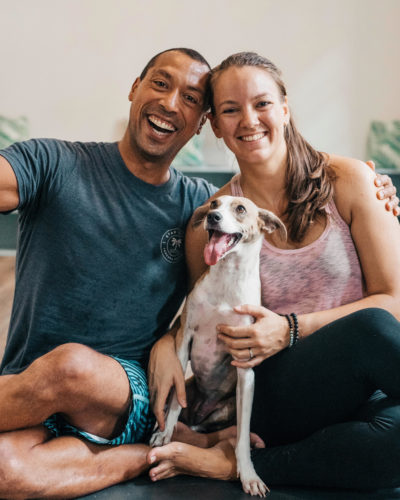
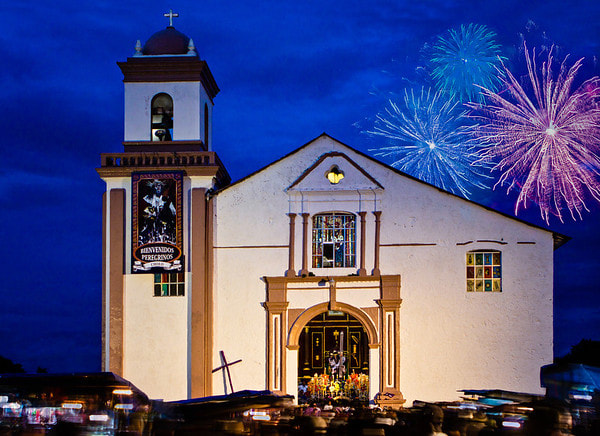
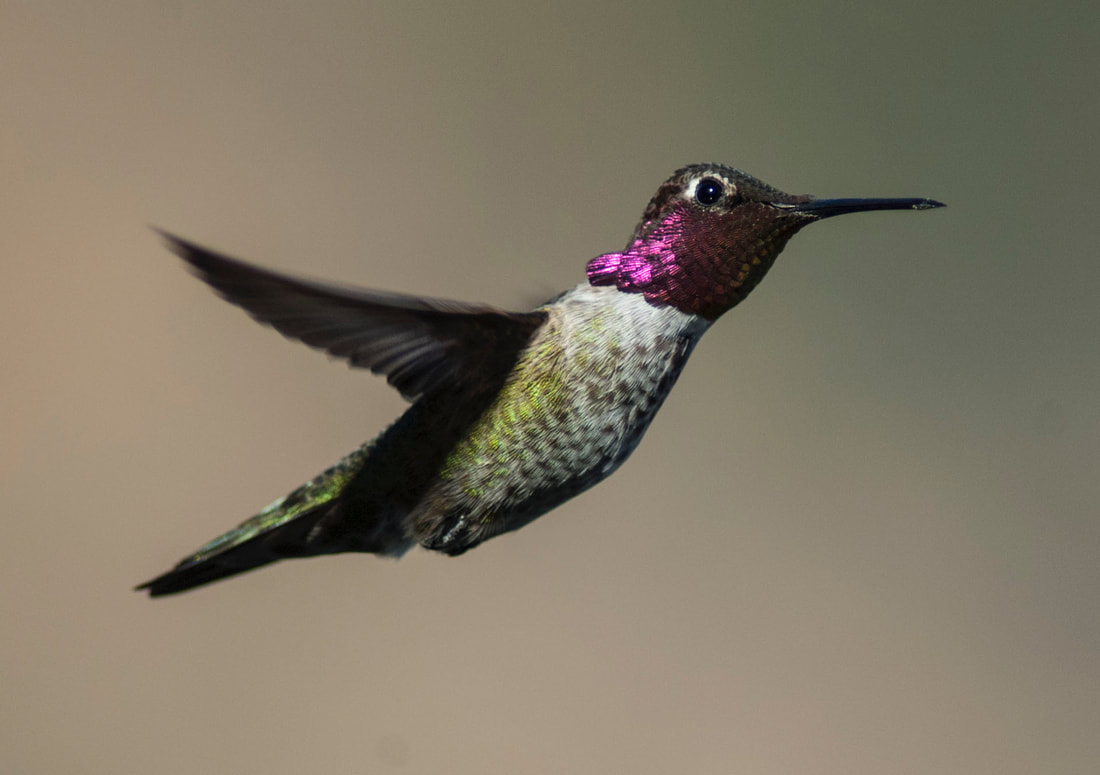
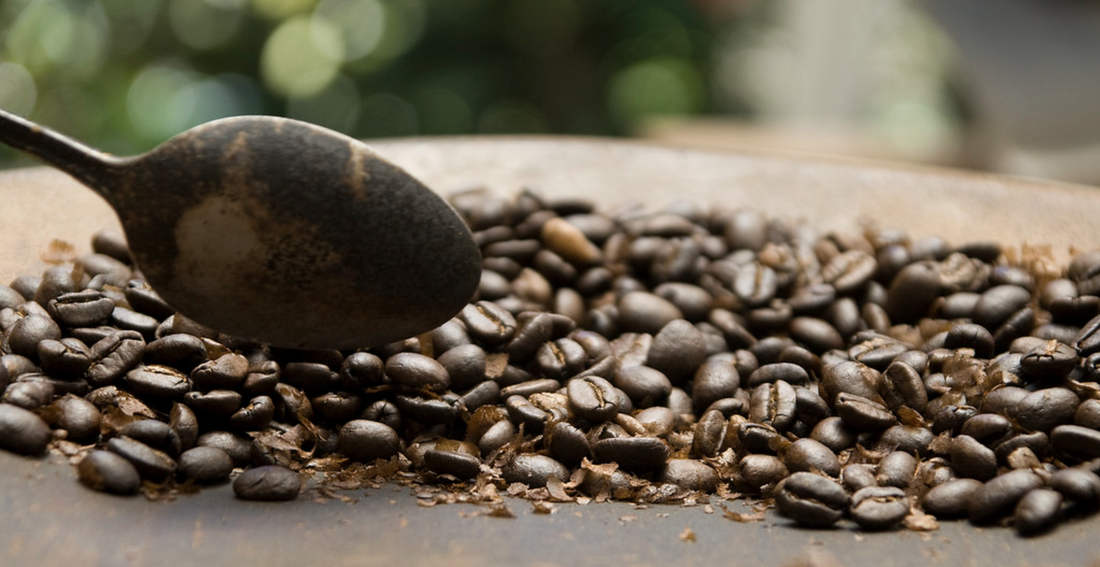
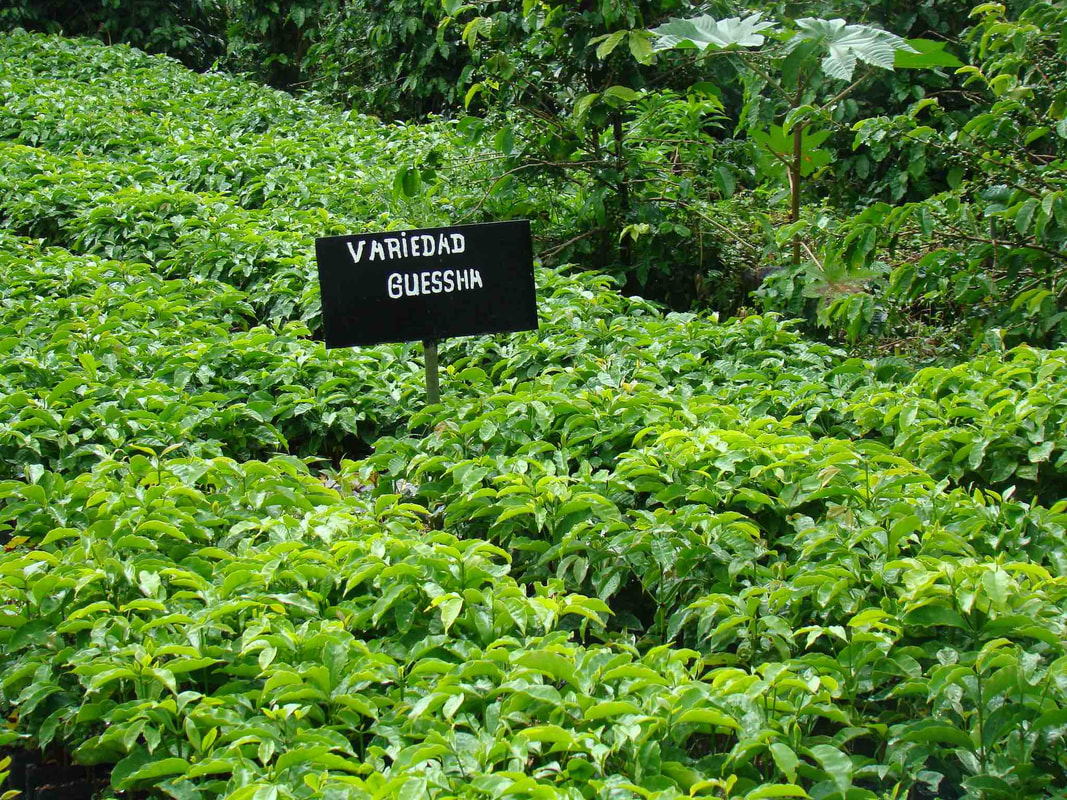
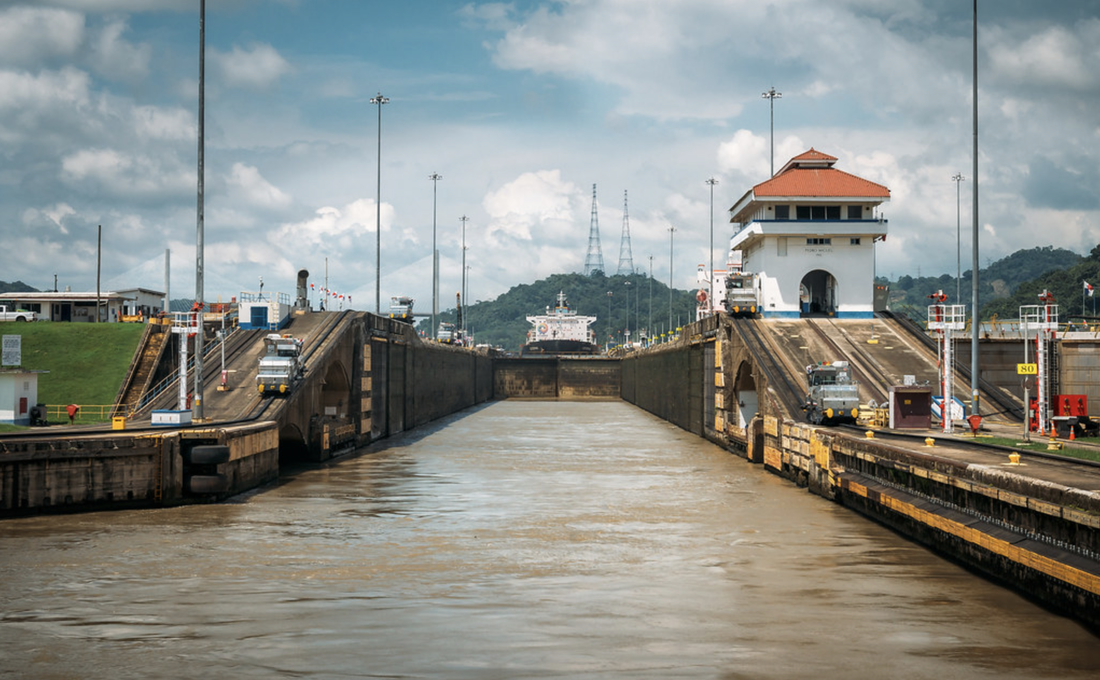
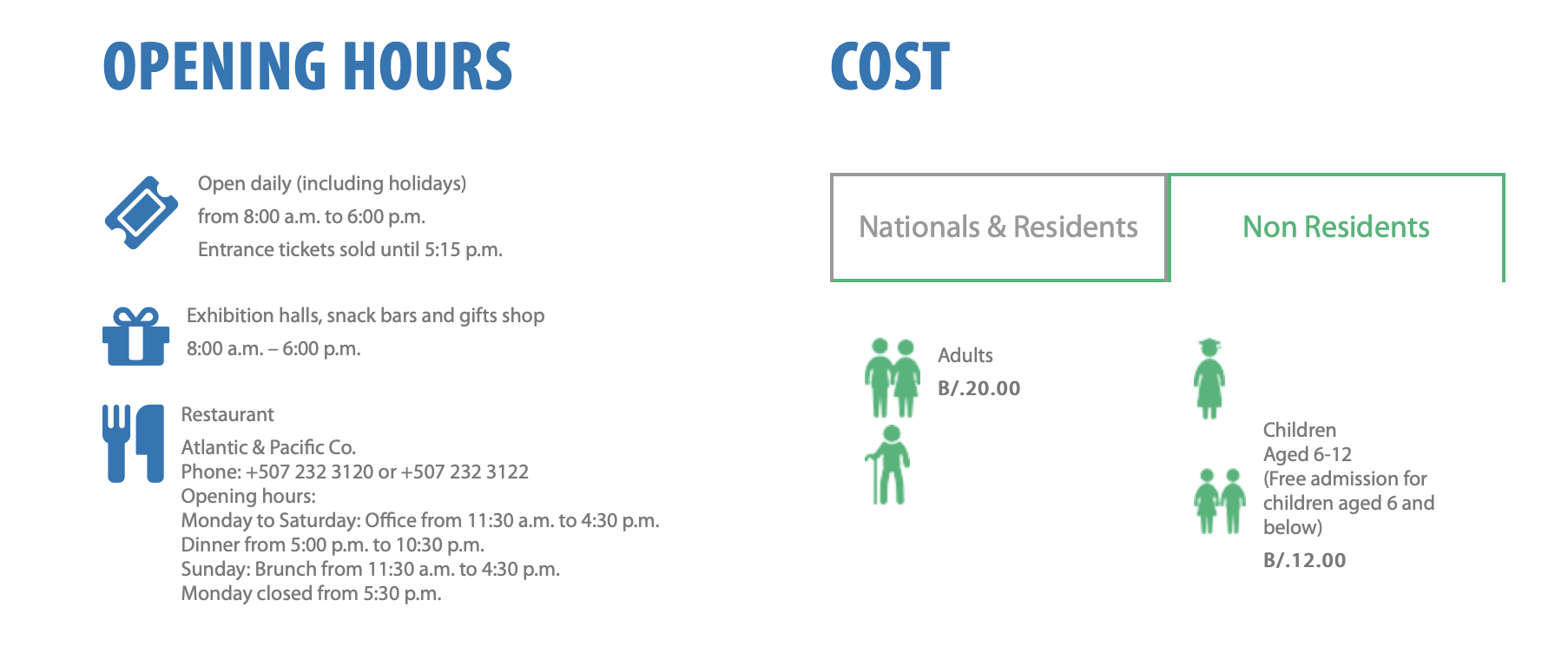
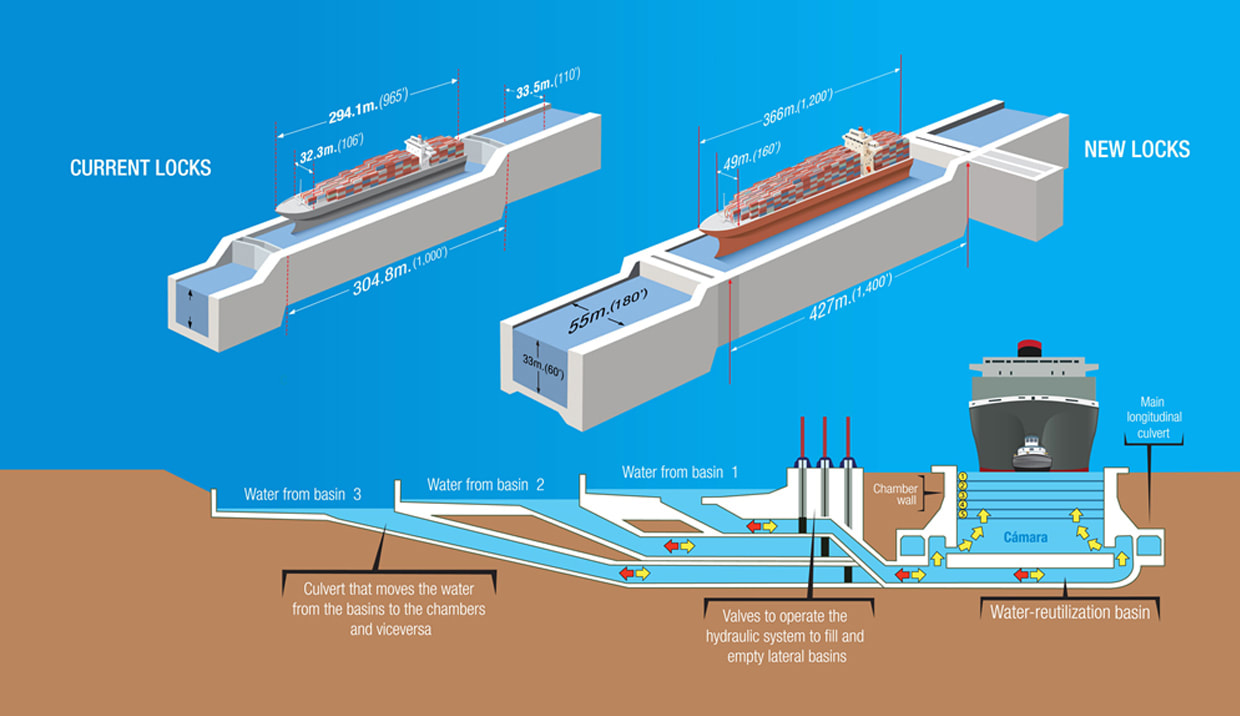
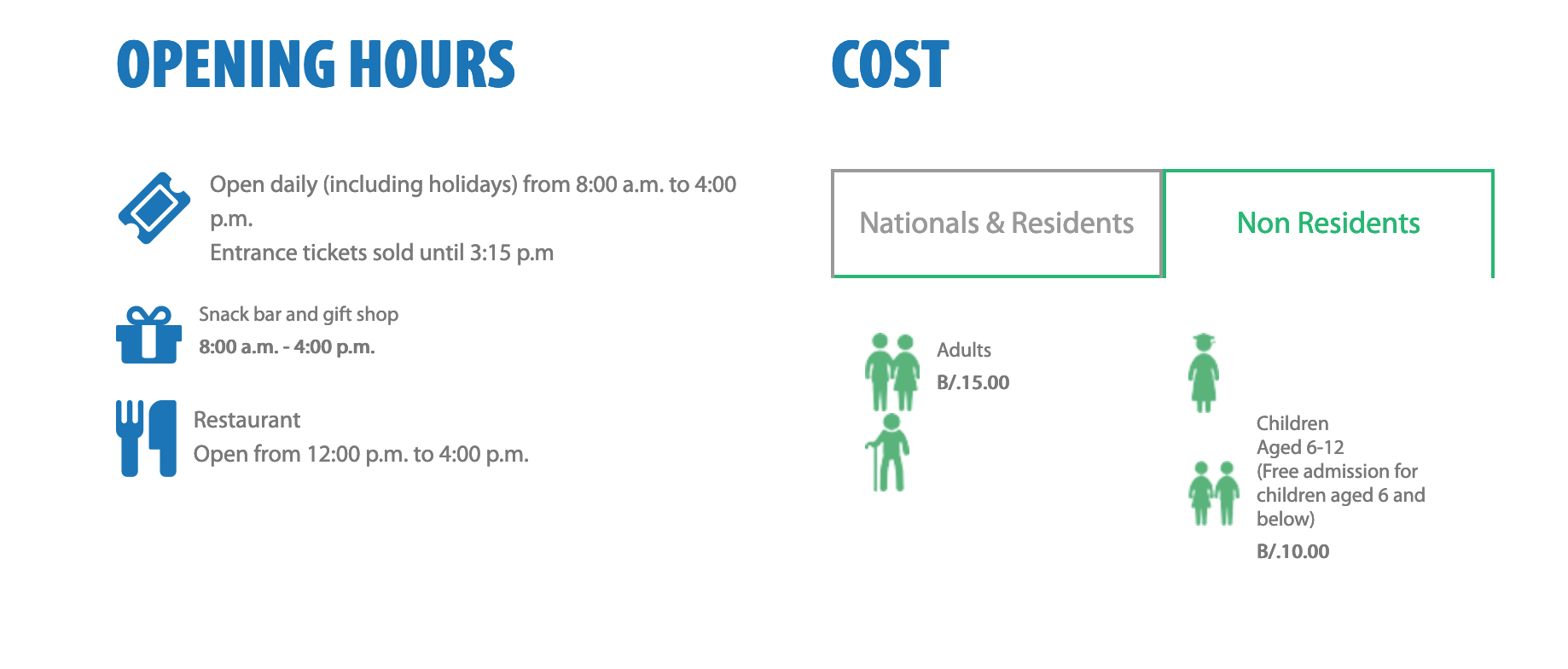
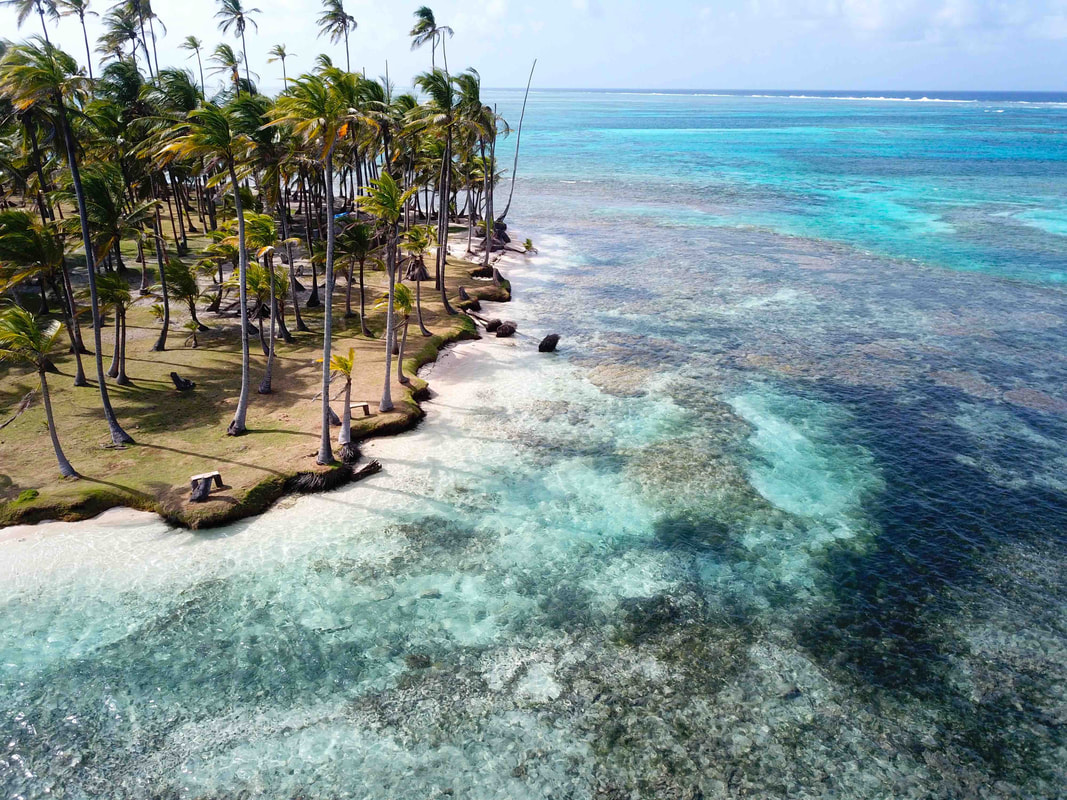
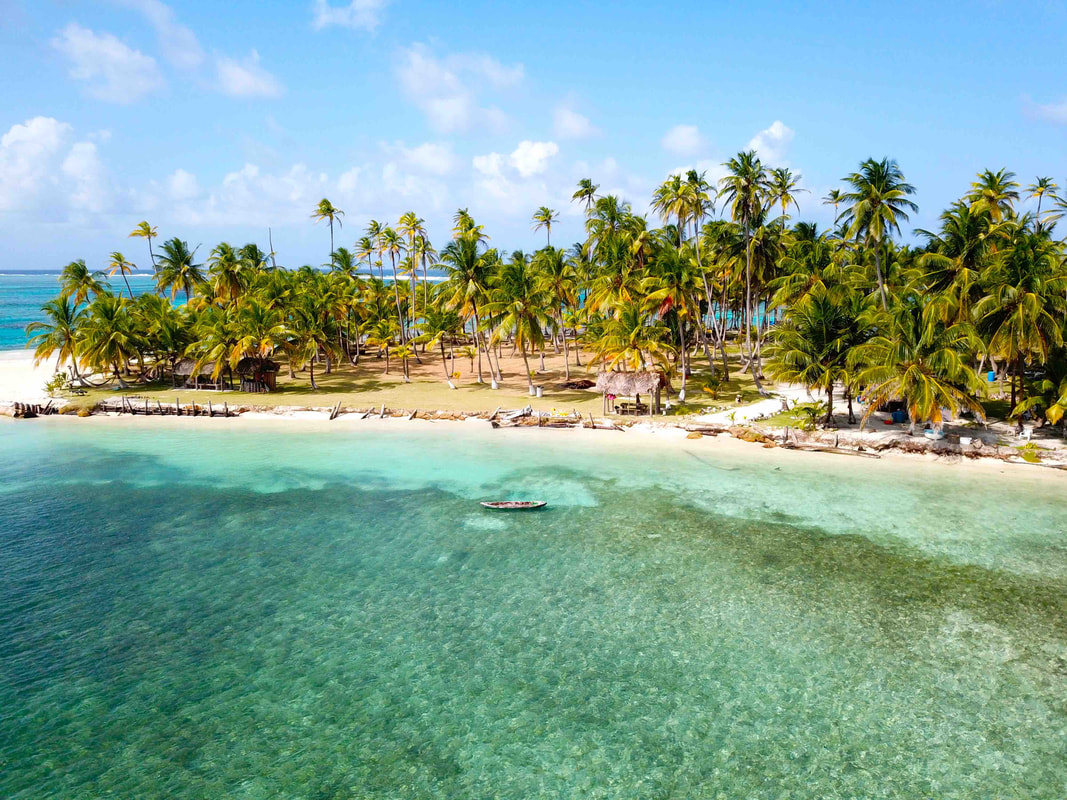
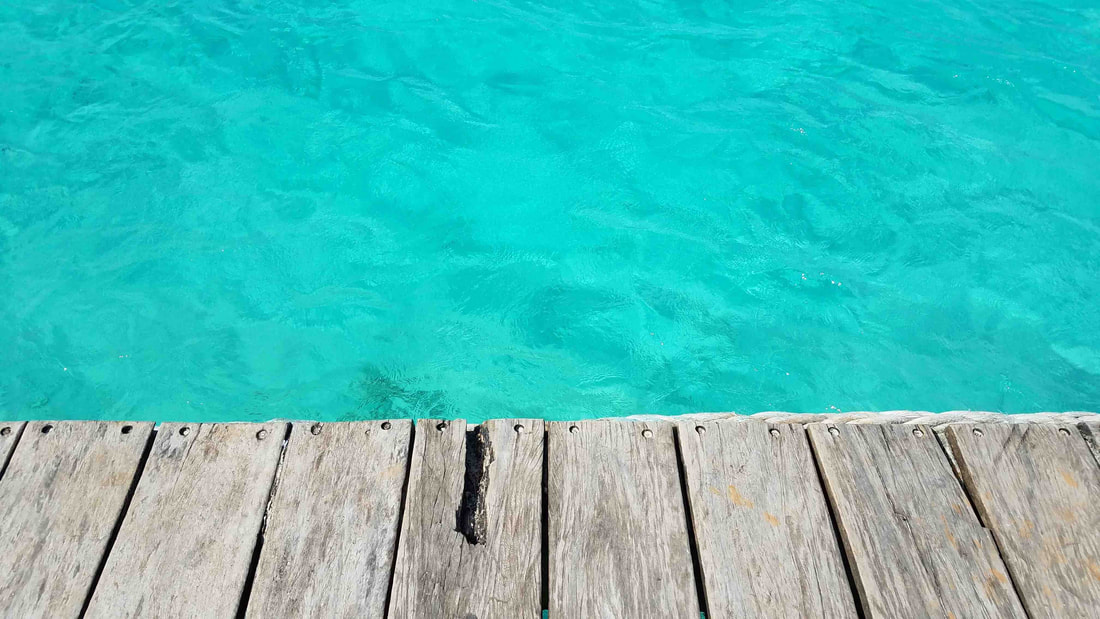
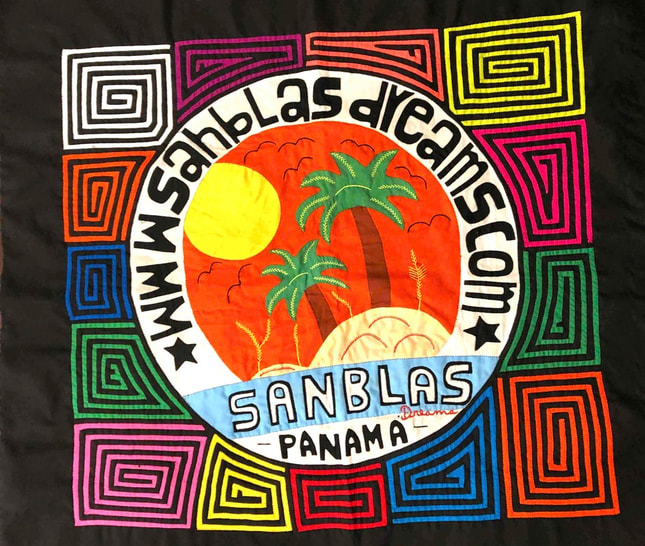
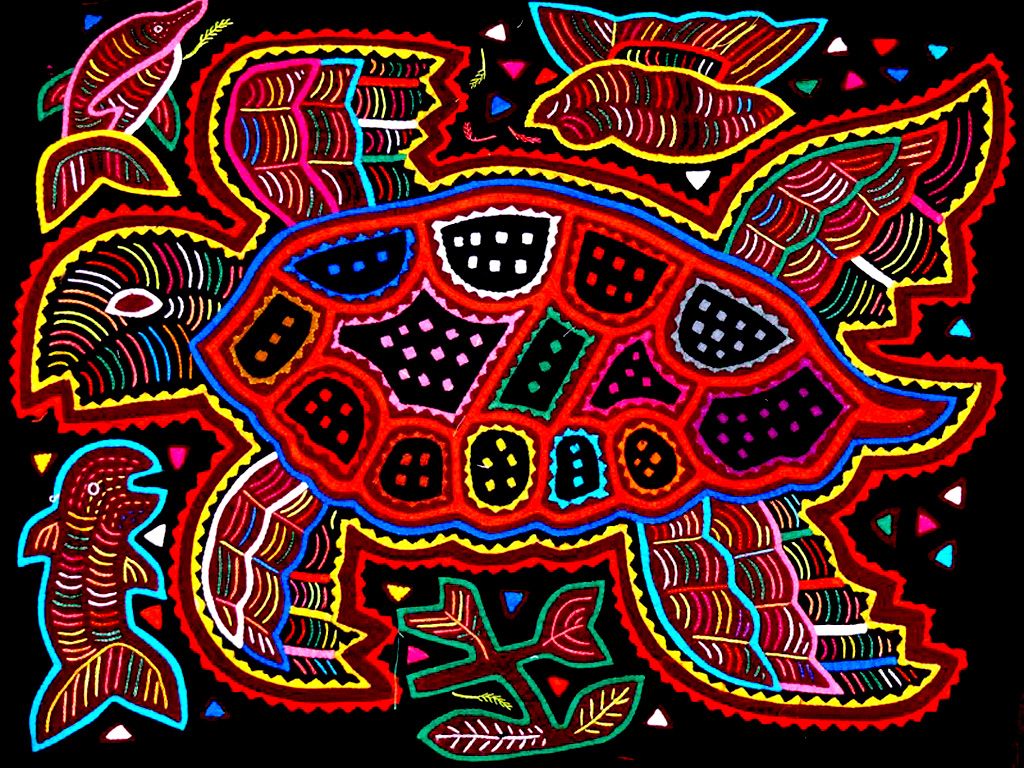
 RSS Feed
RSS Feed

